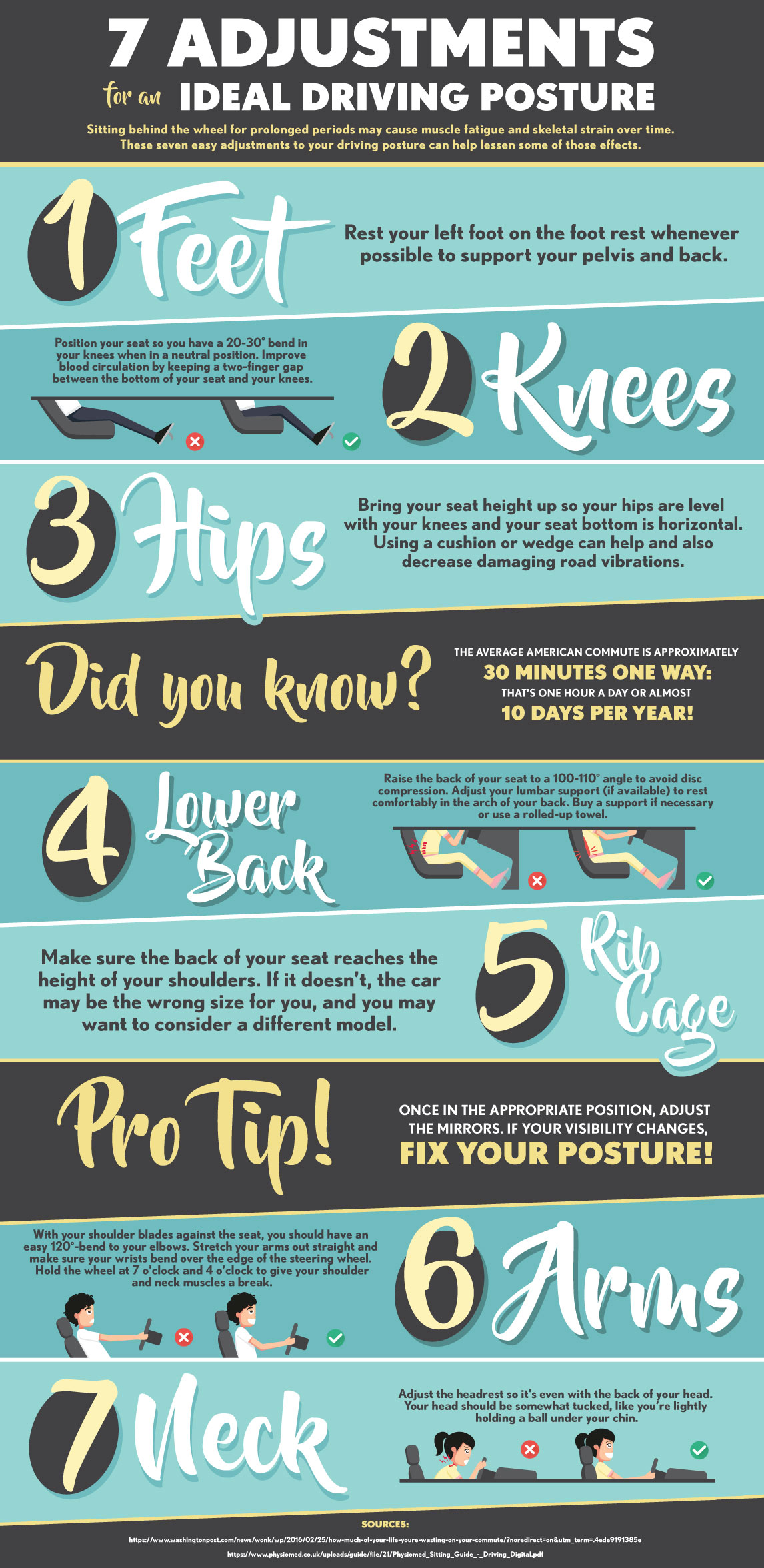A Novice'S Overview To Understanding Cervical Back Makeup And Its Impact On Neck Pain
A Novice'S Overview To Understanding Cervical Back Makeup And Its Impact On Neck Pain
Blog Article
Composed By- pros and cons of chiropractic care during pregnancy
As you rest there, maybe really feeling a twinge of pain in your neck, have you ever before thought the elaborate frameworks that make up your cervical spine? Understanding exactly how the vertebrae, discs, and nerves communicate in this region can clarify why neck discomfort can be so relentless and devastating. By checking out the structures of cervical back anatomy and its effects for neck discomfort, you may discover insights that might assist you much better manage and even avoid those irritating aches and tightness.
Value of Cervical Back Anatomy
Understanding the relevance of cervical back anatomy is important in comprehending the intricacies of neck discomfort. The cervical back, composed of 7 vertebrae, plays an essential function in supporting the head's weight and facilitating activity. It houses the spine, which transfers messages in between the mind et cetera of the body. In addition, the cervical spinal column safeguards these delicate nerves and gives structural stability to the neck region.
Additionally, the cervical spine allows for a wide variety of activity, allowing you to transform your head, tilt it sidewards, and nod up and down. Each vertebra has particular functions and features that contribute to the general flexibility and security of the neck. Recognizing https://www.modernghana.com/lifestyle/14896/when-do-i-visit-a-chiropractor.html of the cervical spine can help you grasp how injuries or degenerative problems in this region can result in neck pain and related symptoms.
Elements of the Cervical Back
When checking out the parts of the cervical spine, it ends up being noticeable that its structure consists of seven vertebrae, classified C1 to C7, piled on top of each other. These vertebrae are vital as they supply assistance to the head and enable a vast array of movement in the neck.
The upper vertebra, C1, also referred to as the atlas, supports the skull and makes it possible for the sluggish movement of the head. Directly under C1 is the C2 vertebra, referred to as the axis, which enables the rotation of the head back and forth.
Relocating down the cervical spinal column, each vertebra plays an important role in maintaining the spine's flexibility and stability. Between each vertebra are intervertebral discs that work as pillows, soaking up shock and preventing the vertebrae from scrubing against each other.
Recognizing the parts of the cervical back is important in understanding just how the spine functions and its prospective effect on neck pain.
Connection Between Spinal Column and Neck Pain
The link between the back and neck pain is a crucial aspect of understanding bone and joint discomfort. Your back, especially the cervical region, plays a considerable duty in supporting your head and enabling various movements. When there's an issue in the back, such as a herniated disc or imbalance, it can straight impact the surrounding cells and nerves, resulting in neck discomfort. Poor pose, injuries, and degenerative conditions can all contribute to spine-related neck pain.
It's vital to identify that the back and neck feature as a cohesive system. Any type of problems or imbalances in the back can create stress on the neck muscular tissues and ligaments, leading to discomfort and stiffness.
Conclusion
Since you have a standard understanding of cervical spine makeup and its link to neck discomfort, you can better value the intricacies of your own neck pain. Bear in mind, the wellness of your cervical back plays a vital function in sustaining your head and helping with motion, so it is essential to care for it via proper posture, exercise, and regular examinations with a healthcare specialist. Remain notified and proactive regarding your spine wellness to avoid and manage neck discomfort successfully.
